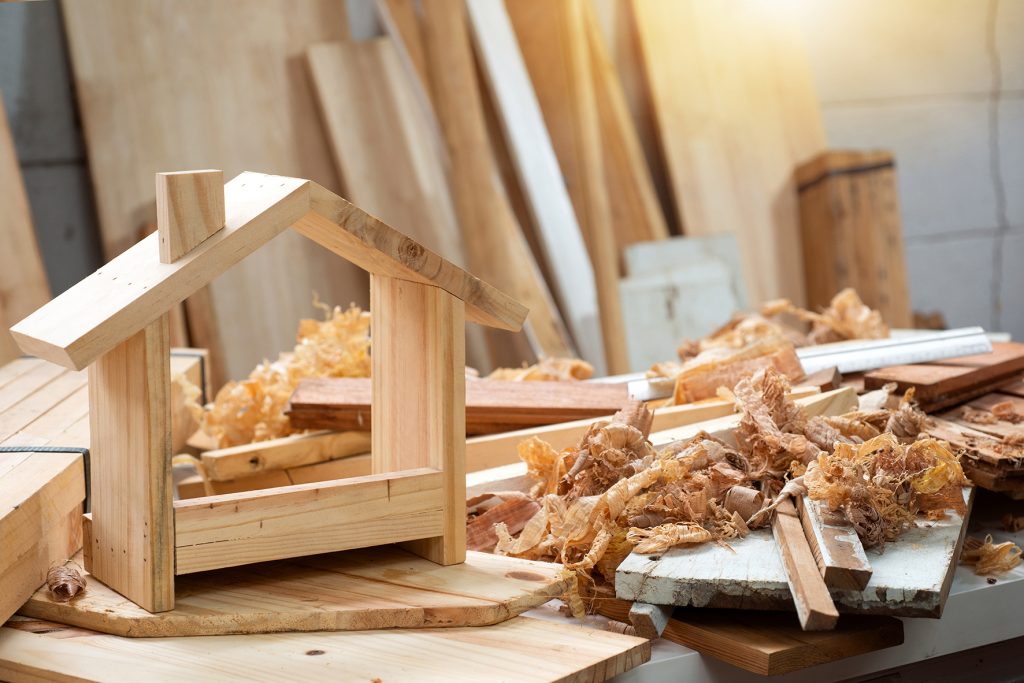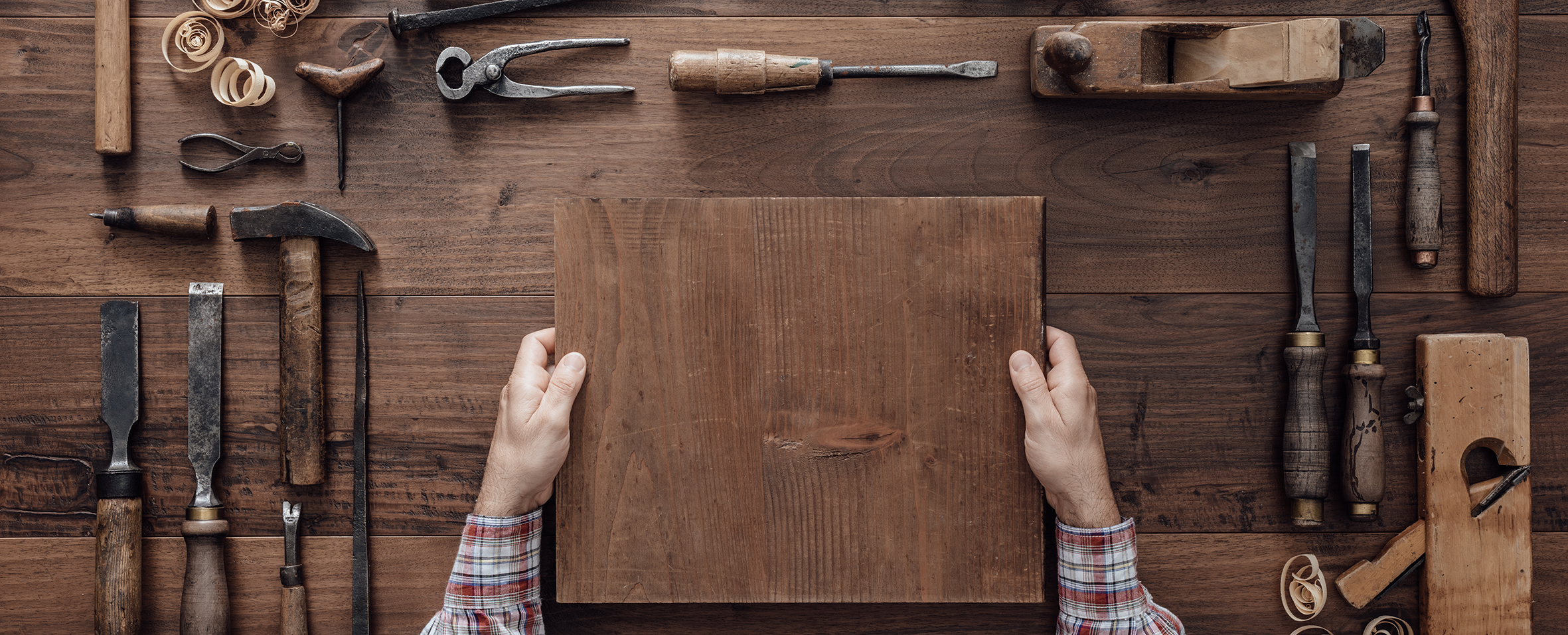Woodworking is an extremely valuable skill in a wide variety of ways and forms a core hobby path for many people hoping to gain new abilities in an endeavour equal-parts creativity and technicality.
Whether carving intricate sculptures, whittling coffee spoons, or building rugged outdoor furniture, woodwork is an eminently rewarding undertaking.
The idea of learning a practical hobby has also attained new prescience as the UK’s job market experiences a paradigm shift; workers no longer content to weather unenjoyable job specifications or unfavourable conditions are increasingly leaving work for pastures new. Woodwork is a skilled trade that presents lucrative opportunities, making it particularly attractive for workers looking to build an enjoyable career.
But everyone has to start somewhere. Woodwork requires the understanding and mastery of both tools and the way in which materials behave, and the ground floor of this learning process sees experimentation and familiarisation alike. Where should you start with your new woodworking endeavour, whether fostering a career or cultivating a hobby?

Setting Up Your Workspace
There are several steps you need to take before you start working with tools or materials. For one, you will need to establish a workspace in which you can properly engage with your new projects or builds. A solid workbench is a must, with ample storage and a bench vice for working on materials.
The location of your workbench is also key. If you have young children at home, you want to ensure that they will be unable to access any of your sharp tools or materials; likewise, you will want to avoid the risk of expensive items being stolen. A lockable area such as a garage would be perfect for you to enjoy working space and security.
Safety First
Safety is also a pressing concern for you to address before you get started. As a beginner, you will be more prone to potential injury than a seasoned professional and should be taking as many reasonable steps as possible to keep yourself safe while learning.
Personal protective equipment (PPE) is eminently useful for mitigating injury when woodworking. Gloves and goggles are a must when deforming materials, to avoid the risk of scratch or friction injury and to protect your eyes from debris. Using power tools regularly can also cause hearing damage, so be sure to wear earplugs when drilling or cutting.
The Basics
Early forays into woodwork will quickly reveal a steep learning curve – a lesson learned hard by those jumping in at the deep end with attempts at intricate design work or complex furniture designs. First, you will need to spend time getting to grips with the basics: essential cutting and sawing techniques, how to plane and file wood to size and shape, and core principles for simple wood joints.
In learning basic woodworking techniques, you will also learn how different materials react and respond, giving you a clearer idea of the various ways in which material property can inform the direction of future projects.





